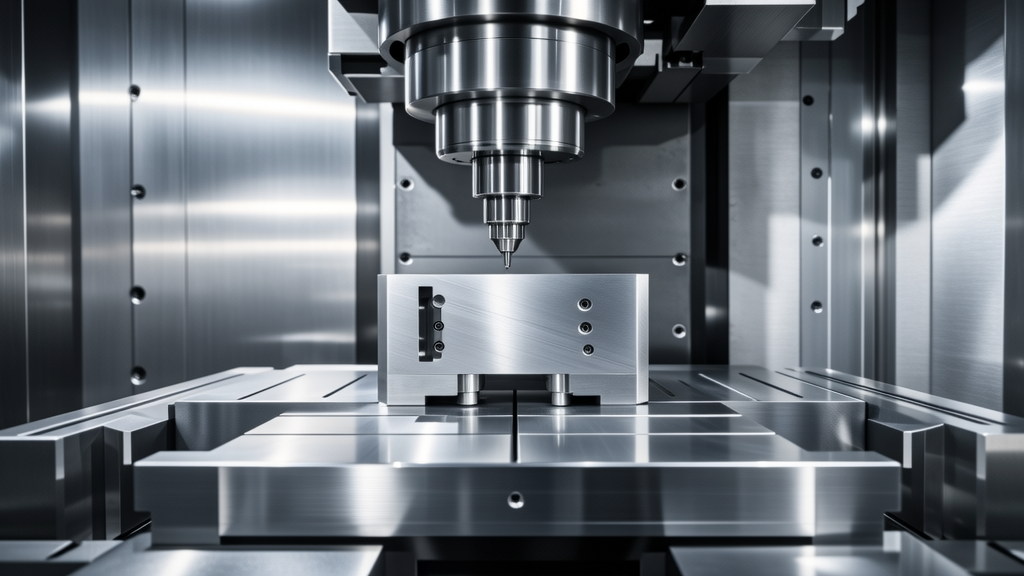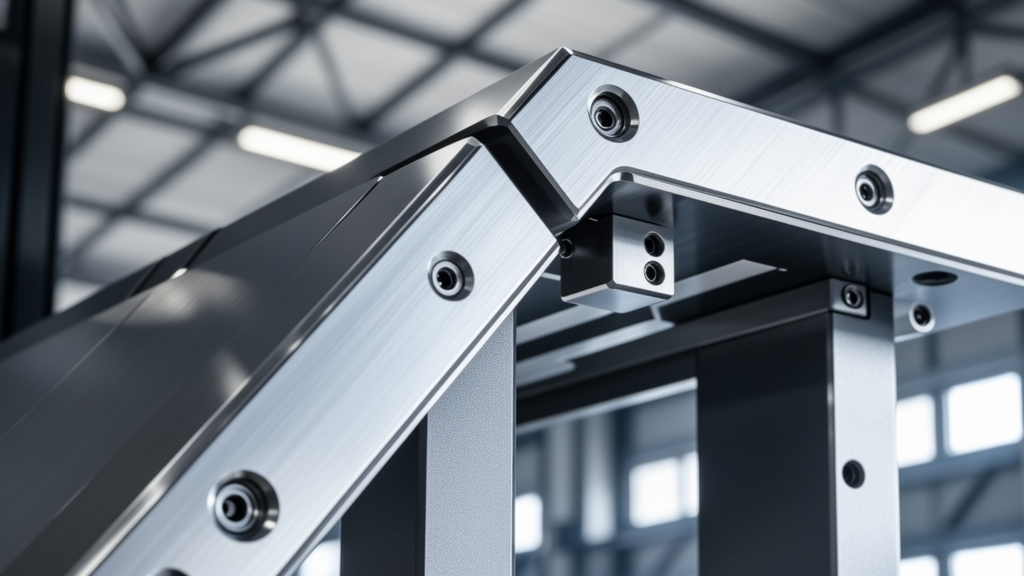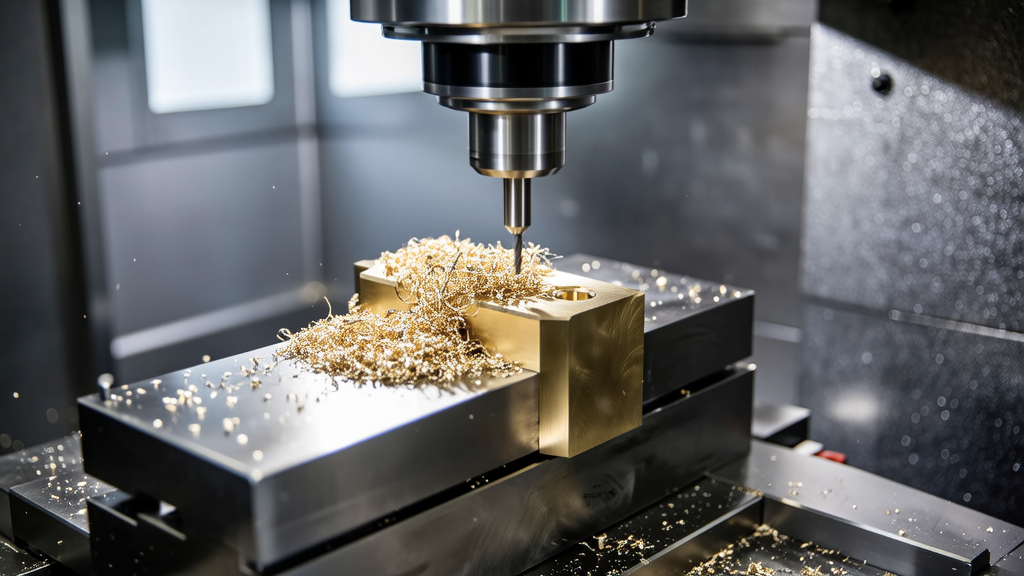As we navigate through the latest innovations and industry practices, you’ll discover how these methods enhance product performance, reduce production costs, and improve turnaround times. We will also share real-world examples and expert insights, making it easier for manufacturers to make informed decisions about which techniques best suit their needs. Whether you are a seasoned professional or new to the realm of CNC machining, this guide will equip you with the essential knowledge to elevate your aluminum enclosure projects. Join us on this exploration of advanced CNC machining techniques that are setting the standard in China’s manufacturing sector and discover how you can leverage these advancements for your own success.
## The Leading CNC Machining Techniques for Aluminum Enclosures in China
When it comes to CNC machining, choosing the right technique for aluminum enclosures can be a challenge. With so many options available, it’s not uncommon to feel overwhelmed. You might wonder, “Which techniques are truly leading the way in China?” Well, I’ve been in the CNC machining business long enough to see what works best, and I’m here to share practical insights that can help you make the right choice.
Milling is one of the most popular CNC machining techniques for aluminum enclosures. It involves using rotary cutters to remove material from a workpiece. I remember the first time I used milling for an aluminum project; the precision was astounding. It’s perfect for creating complex shapes and high-precision parts. Using a CNC mill means you can achieve tighter tolerances and intricate designs that flat machining cannot provide.
Another commonly used technique is turning. This is especially useful for cylindrical parts. The aluminum workpiece is rotated, and a cutting tool is used to remove material along its length. I’ve seen turning shine in applications where uniform internal diameters are critical, such as in housing components. What I find fascinating is that with the advancements in CNC lathes, achieving smooth surface finishes has become more manageable than ever.
Laser cutting is also worth mentioning. It’s a non-contact technique that uses a laser to cut through aluminum sheets. I recall a project where using laser cutting significantly reduced production time compared to traditional methods. It’s fantastic for intricate designs where precision is critical, and it leaves a clean edge that often requires little to no finishing.
Understanding the advantages of these techniques is crucial when deciding which one to use for your aluminum enclosures. For instance, milling offers versatility. You can work on different surface finishes with various tools; I’ve often mixed and matched to get the desired results. Additionally, milling can handle larger quantities, making it cost-efficient for mass production.
Turning is equally advantageous. With its ability to produce symmetrical components, it’s the go-to method when you need consistency. I often suggest turning for projects that require parts like connectors or tubes, as it generally speeds up production time while maintaining high quality.
Laser cutting, on the other hand, allows for complex designs that would be difficult to achieve through milling or turning. One of my colleagues had a project that involved elaborate artistic designs in aluminum, and laser cutting was the only feasible option. The precision of laser technology means you can achieve details that otherwise may require extensive hand finishing after machining.

So, how do you choose the right technique? Start by considering your project’s specific requirements, be it size, complexity, or tolerance. You might find it beneficial to consult with your CNC machining provider like us at LY-Machining, who can offer insights on the best practices based on your project’s details.
For projects with tight tolerances, machining techniques such as milling and turning should be prioritized. For more elaborate or decorative designs, leaning towards laser cutting could save you time and ensure quality. Each method has situational strengths.
I also recommend looking into the latest advancements and technologies; CNC machining has come a long way, and innovative approaches are continually emerging. For instance, some CNC mills now incorporate AI technology to optimize cutting paths, saving time and material. It’s worth the investment to stay updated on what’s available.
If you’re interested in how these techniques can specifically impact your next project in CNC machining for aluminum enclosures, feel free to reach out. I’m happy to share more tips and tailored advice!
What are the key advantages of using CNC milling for aluminum enclosures?
CNC milling offers great versatility, allowing for complex shapes and high precision in aluminum enclosures. It’s perfect for achieving tight tolerances, which is essential for quality fittings and assemblies.

Plus, with the right tools, you can explore various surface finishes, making milling an attractive option for both prototypes and mass production.
How does laser cutting compare to traditional machining methods?
Laser cutting is a non-contact technique that can achieve intricate designs that might be challenging with traditional methods. It also offers a clean edge, minimizing the need for post-processing.
From my experience, using laser cutting can significantly reduce production time for projects that require complex graphics or details, often achieving results that make the parts look polished right off the machine.
When should I choose turning over milling for my project?
Turning is an excellent choice when you need to create cylindrical components or parts with symmetrical features. It’s incredibly efficient for producing high volumes of components with consistent internal diameters.
If your project involves components like connectors or tubes, turning will typically be faster and offer higher accuracy, which is crucial for these types of machined parts.
Can the choice of CNC machining technique affect production costs?
Absolutely! The machining technique you choose can significantly impact material waste and time taken to complete the job, which in turn affects overall production costs. For instance, while milling might be versatile, it could generate more waste compared to laser cutting for specific designs.
It’s crucial to assess the requirements of your project to make an informed decision that aligns with your budget, ensuring you get the best value for the desired quality.
What innovations should I look for in CNC machining today?
Technological advancements in CNC machining are happening rapidly. Innovations like AI-driven optimization are becoming mainstream, helping to streamline cutting paths and reduce cycle times.
Staying updated with these technologies can provide a competitive edge, whether you’re interested in improving accuracy or simply looking to cut down on production timelines.








